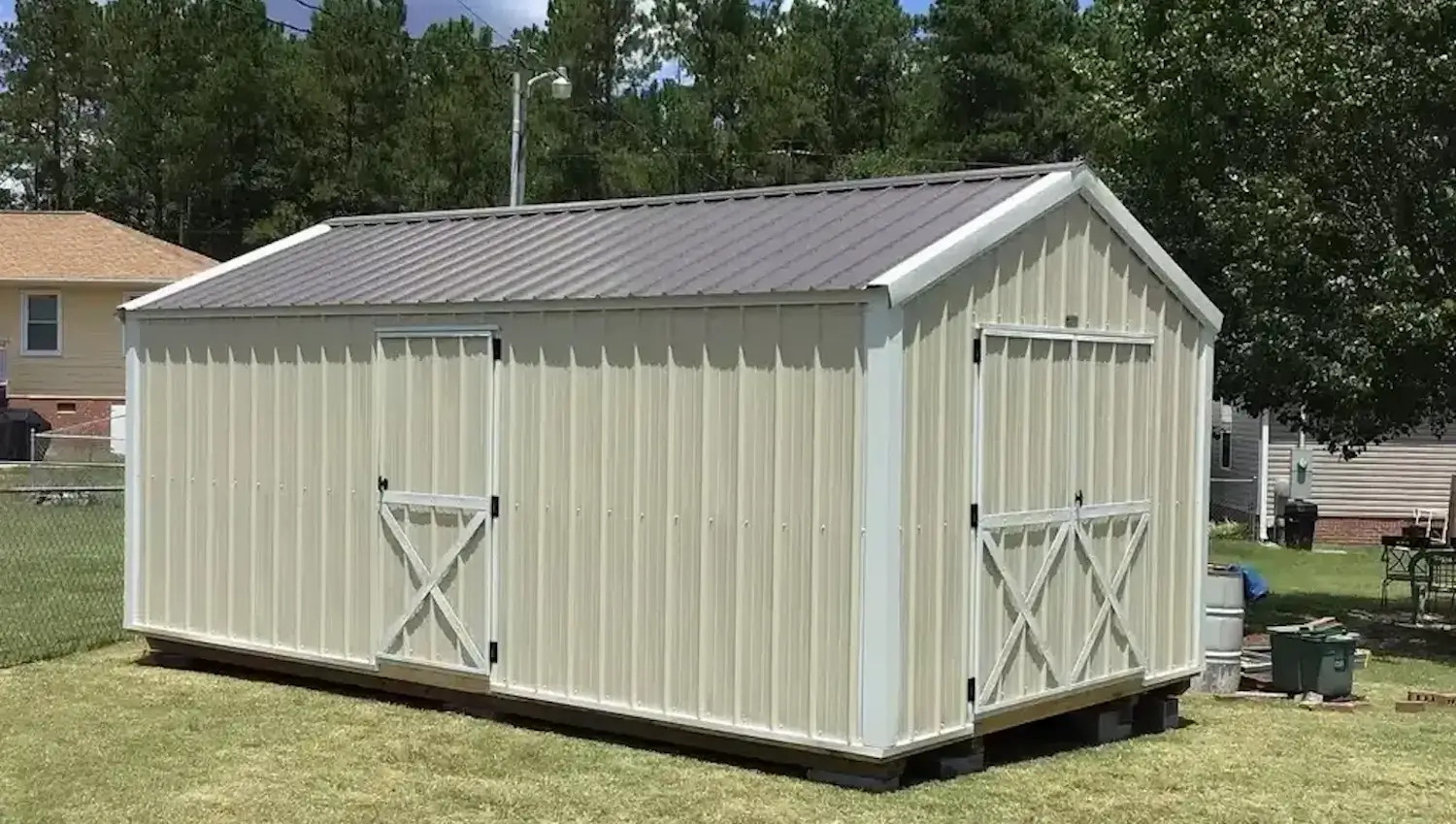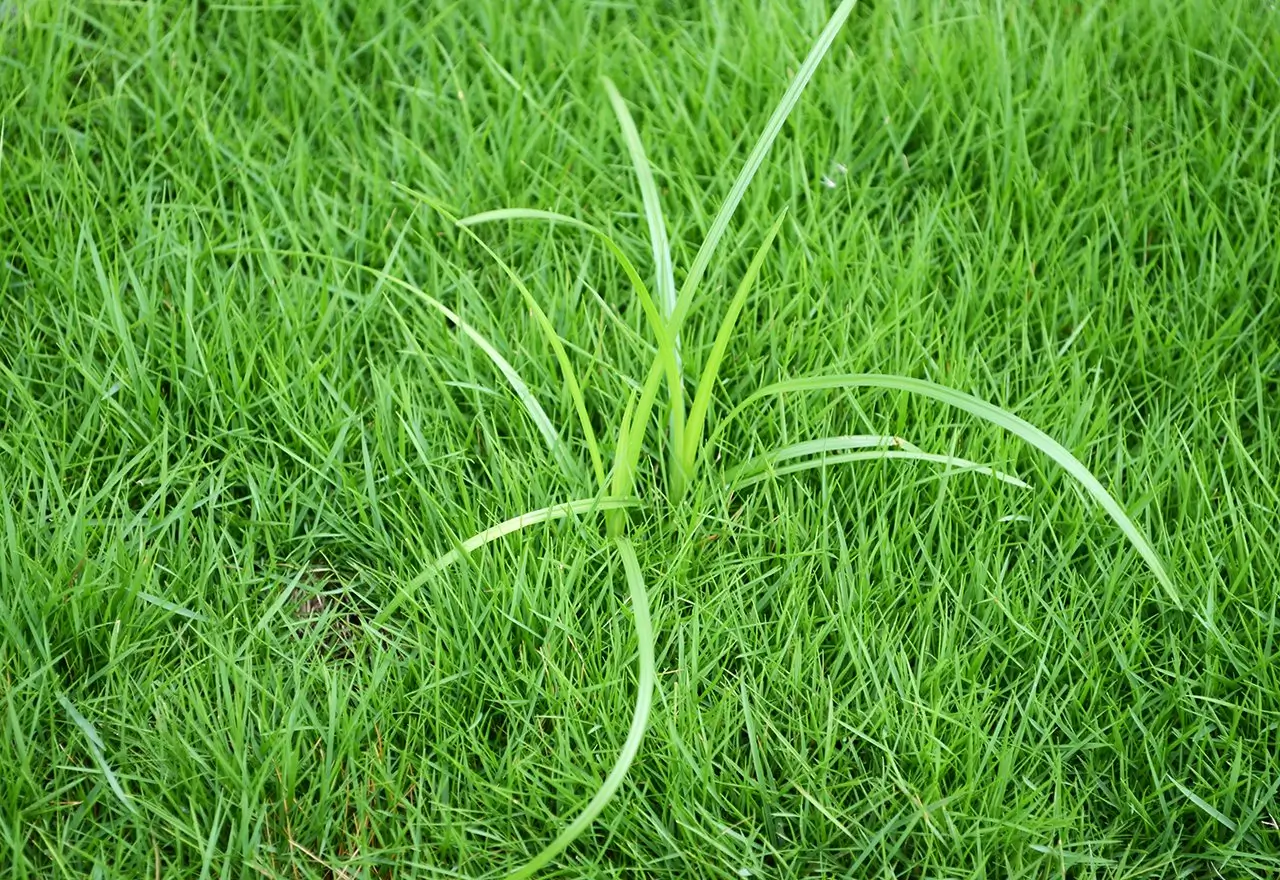
August 24, 2025

Nutsedge is a persistent, common weed of lawns and gardens. It is often mistaken for grass, and it grows quickly and spreads aggressively. Nutsedge grows in many types of soil. It can be so vigorous that it will crowd out desirable plants for nutrients, water and sunlight. This rapid-spreading weed can destroy both the look and health of the lawn and garden and makes it a very serious issue for homeowners and gardeners.
Conventional chemical herbicides are typically used to keep weeds such as nutsedge in check. However, they have a number of drawbacks. Such chemicals can damage the environment, impact helpful insects, and pose dangers to pets and humans. Therefore, many people are searching for eco-friendly, safe methods to take control of nutsedge without resorting to toxic chemicals.
Nutsedge, which resembles grass and is frequently confused with it, is a sedge in the Cyperus genus. It is generally found growing in moist, poorly draining soils. But it is tolerant of drier conditions once established. It is usually seen in lawns, gardens and crop fields and may occur in areas that are wet or receive frequent watering.
Here is a comparison of Nutsedge vs Crabgrass identification:
Feature | Nutsedge | Crabgrass |
|---|---|---|
Botanical Classification | Sedge (Cyperus spp.), not a true grass | Grass (Digitaria spp.), true grass |
Stem Structure | Triangular stems with sharp edges | Flat, wide, and soft stems |
Leaf Structure | Glossy, stiff, long, and narrow leaves in a "V" shape | Broad, soft, and wide leaves, often with a pointed tip |
Growth Habit | Grows upright in dense clumps | Low-growing, sprawling, and forms a mat or carpet |
Leaf Arrangement | Leaves grow in groups from the base, often three leaves | Leaves alternate along the stem, forming a rosette |
Root System | Rhizomes and tubers (nutlets) | Shallow, fibrous roots; does not spread via tubers |
Color | Bright green leaves, with yellow or purple seed heads | Light green to purple seed heads, especially in late summer |
There are two primary types of nutsedge that are commonly found in gardens and lawns:
Yellow nutsedge is often characterized by its bright green, shiny leaves that grow up to 18 inches tall. Its seed head is usually yellow and pyramid shaped on the top of the plant. It has stems that are three-angled and sharp-edged to the touch.
This type thrives in moist-soiled places and it can be spotted in waterlogged lawns, gardens, low lying spots with water accumulation. It spreads rapidly from large numbers of tubers that develop anywhere on the rhizomes, enabling it to quickly cover an area.
2. Purple Nutsedge (Cyperus rotundus)
Purple nutsedge looks much like yellow nutsedge, but has long, shiny green leaves and a similarly triangular stem. But the seed head is purple and that’s what it’s called; the color is darker and more noticeable than a clump of yellow nutsedge.
Purple nutsedge is also more aggressive than yellow nutsedge. It is well adapted to growing in a broader variety of soil types. It is also more resistant to some types of herbicides, which makes it more difficult to control once it has taken hold.
Nutsedge is a perennial weed; it dies back each year but returns year after year. Its life cycle can be summarized as:
Once established, Nutsedge can be tough to control, so preventing its growth is key. Here are some nutsedge removal tips to help prevent nutsedge invasion in the lawn or garden.
Nutsedge grows best in wet, poorly drained soils. To combat this:
It thrives in continually wet conditions, so change the way you water:
A robust lawn is a barrier against nutsedge:
Mulching deprives nutsedge of sunlight and obstructs its growth:
For those who prefer to attack nutsedge without chemicals, hand and mechanical methods are effective, particularly when dealing with relatively small infestations or when there’s an emphasis on sustainability. Here are some eco-friendly ways to address nutsedge.
For small nutsedge infestations, pulling by hand can be effective. Focus on pulling up the entire plant with its tubers and rhizomes.
For larger areas, digging and tilling can disrupt the growth of nutsedge by breaking up its underground tubers and rhizomes.
Solarization is a method that uses the sun’s heat to kill weeds, such as nutsedge. This is a great tip for the really hot months.
Smothering refers to covering nutsedge with a physical barrier, so the sun can not reach the weed.
There are a number of environmentally friendly ways people can use to manage nutsedge without the need to use chemicals. They do this either by encouraging healthy soil, inhibiting or preventing germination or attacking the weed directly.
Horticultural molasses is a source of sugar that nourishes beneficial soil bacteria and fungi. These soil organisms break down organic matter and improve soil architecture to provide conditions that benefit the growth and spread of grass, rather than weeds.
Corn gluten meal works by inhibiting seed root formation, meaning seeds will not germinate. It can also help halt the nutsedge spreading since new plants are not allowed to grow.
Vinegar, particularly horticultural vinegar which has a higher (10-20%) concentration of acetic acid than household vinegar, is a natural herbicide and also can be used to kill weeds, including nutgrass. The acetic acid in vinegar draws moisture out of plant cells, desiccating and killing them.
Oils such as clove and cinnamon actually have chemicals that can penetrate the cell walls of plants and cause desiccation and death. All of these oils can be toxic to nutsedge when used in concentrated doses.
The temperature of boiling water burns and kills the plant cells of the nutsedge and its leaves. This is great for people with small patches of nutsedge growing in driveways, sidewalk cracks or garden beds.
Nutsedge is a tough, fast-spreading weed that can quickly invade lawns and gardens. Natural control measures can help prevent or reduce the spread of nutsedge. Improving soil drainage and adjusting watering routines can discourage its growth, while manual methods like hand-pulling and digging are also effective.
Some organic treatments like horticultural molasses and corn gluten meal can keep the soil healthy and stop fresh growth. Discover Growcycle tools and best nutsedge killer for lawns to enable control of common weeds, such as nutsedge naturally.
Disclaimer: This material is for informational purposes only and should not be relied on for legal, medical, financial, or any other form of professional advice.
Corn gluten meal, which prevents nutsedge seeds from germinating but doesn't harm grown grass, serves as a pre-emergent herbicide. It is most effective if applied before the nutsedge plants begin to emerge.
Vinegar, particularly horticultural vinegar with a high acetic acid content, can kill nutsedge foliage, although it may not kill its tubers and rhizomes. Control will usually require additional applications.
Hand-pull, dig and till to eliminate tubers and rhizomes and to get rid of nut grass permanently. Use natural barriers like mulching, and improve soil drainage and apply pre-emergent corn gluten meal to prevent nutsedge.